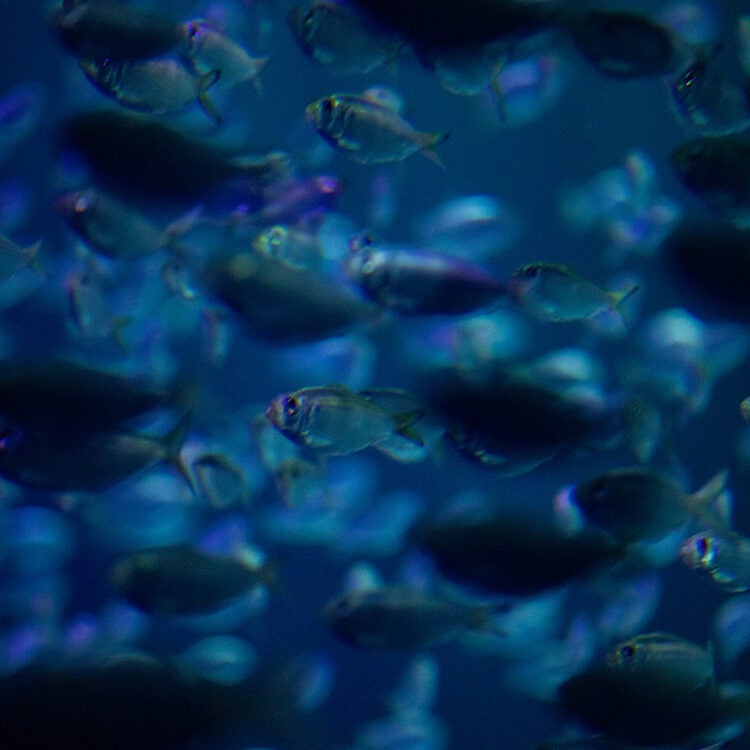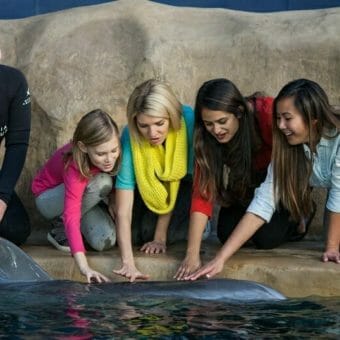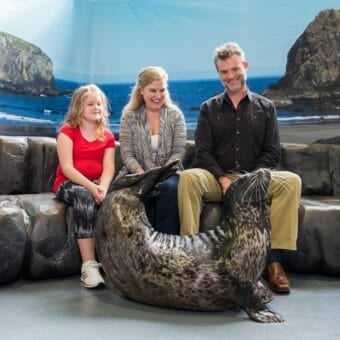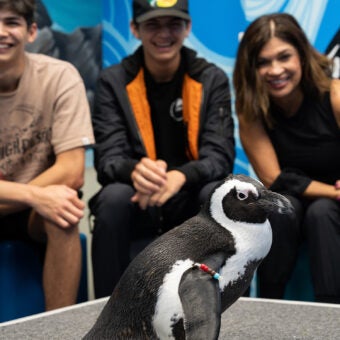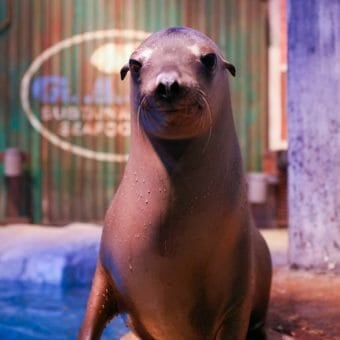-
Size
4 inches (10 cm) -
Diet
Small planktonic prey including larvae, eggs and very small crustaceans -
Range
Western Atlantic -
Habitat
Lagoons, estuaries, often near coral and rocky reef systems
Physical Characteristics
- Maximum size of 7 inches (18 cm), but lengths closer to 4 inches (10 cm) are more common.
- Small, bright, reflective silver fish. The dorsal surface displays a dark or dull greenish tinge. The face is blunt, with a small mouth and large eyes.
- This species displays a faint, pale orange or gold dot on the operculum (gill cover).
Diet / Feeding
- Feeds on small planktonic prey including larvae, eggs and very small crustaceans.
Range / Habitat
- Occurs in the Western Atlantic from southeastern Florida and the Gulf of Mexico to Brazil as well as throughout the Bahamas and Caribbean.
- Found in marine and even brackish waters, in lagoons and estuaries, often near coral and rocky reef systems.
- Usually found at depths up to about 164 feet (50 m).
Reproduction & Growth
- Oviparous species- females lay eggs that are hatched outside the body.
- The adults head for the open sea to feed and reproduce, while the juveniles often stay in coastal waters such as estuaries, mangrove swamps, lagoons, island coral reefs and seagrass beds.
Conservation Status
- Listed as “Least Concern” on the IUCN Red List.
Additional Information
- Also referred to as false herring.
- This species is often encountered in large schools that can move very rapidly and condense to form tight clusters to avoid predators. Schooling behavior reduces the probability of being singled out as prey.
- Common predators include barracuda, jacks and fish-eating seabirds.
- Can comfortably tolerate a range of salinities, sometimes ranging far into estuaries and salt marsh systems.
Sources
Smithsonian Marine Station at Fort Pierce https://naturalhistory2.si.edu/smsfp/irlspec/Hareng_clupeo.htm
www.IUCNredlist.org



